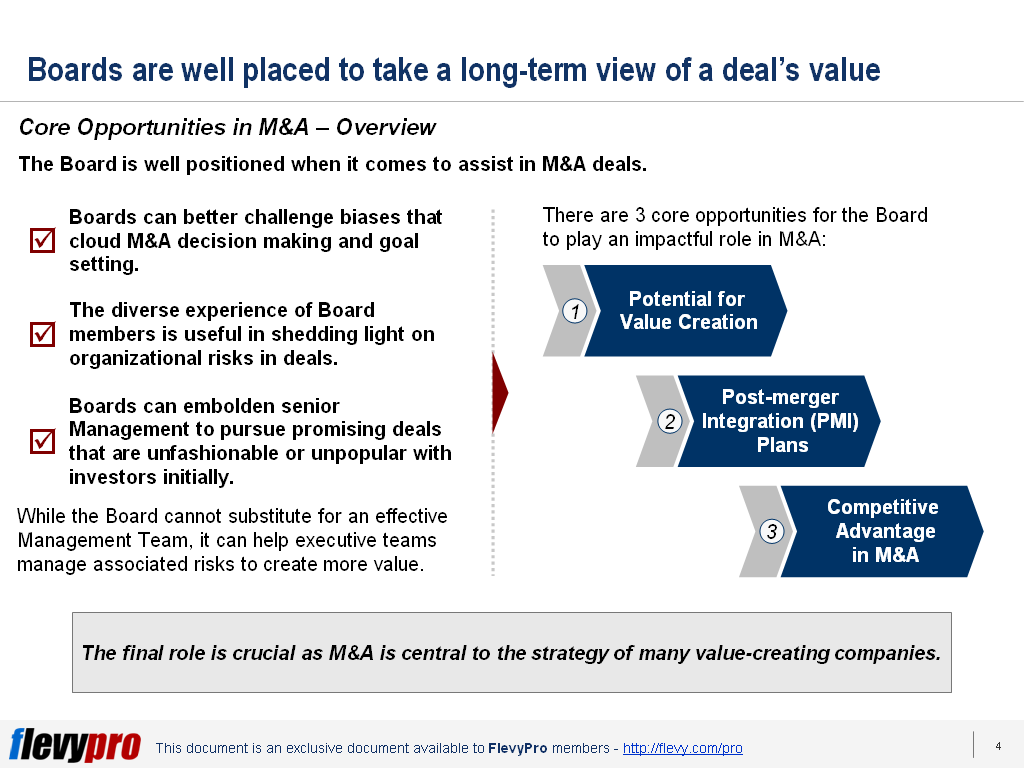Enterprises invest in Analytics to improve Decision Making and outcomes across the business. This is from Product Strategy and Innovation to  Supply Chain Management, Customer Experience, and Risk Management. Yet, many executives are not yet seeing the results of their Analytics initiatives and investments.
Supply Chain Management, Customer Experience, and Risk Management. Yet, many executives are not yet seeing the results of their Analytics initiatives and investments.
Every organization putting on investment in Analytics has experienced several stumbling blocks. This differentiates the leaders from the laggards. Analytics-driven Organizations have clearly established processes, practices, and organizational conditions to achieve Operational Excellence. Their commitment to Analytics is creating a major payoff from their investments and a competitive edge.
What It Takes to Be Analytics-driven
The Harvard Business Review Analytic Services conducted a survey of 744 business executives around the world and across a variety of industries. Their focus was on the performance gap between companies that have struggled to get a return on their Analytics investment and those that have effectively leveraged their investment.
The survey showed that Analytics-driven Organizations get sufficient return on investment in Analytics. In fact, they have been highly successful in gaining a return on Analytics investment. This is gainfully achieved as organizations use Analytics consistently in strategic decision making. Executives of Analytics-driven Organizations rely on Analytics insights when it contradicted their gut feel.
Essentially, Analytics-driven Organizations have reduced costs and risks, increased Productivity, Revenue, and Innovation, and have successfully executed their Strategy. Yet, in evolving the organization’s Analytics approach, there can be 4 core obstacles that can affect their drive to getting a greater return on investment in Analytics.
The Core Obstacles to Finding Return on Analytics Investment
There are 4 core obstacles to being an Analytics-driven Organization.
Let’s briefly take a look at the first 2 obstacles:
- Communication and Decision-making Integration. The lack of Communication and Decision-making Integration limits the integration of Analytics into workflows and decision processes do not reach decision-makers. As a result of these core obstacles, the use of Analytics is limited in specific areas.
- Skills to Interpret and Apply Analytics. A second core obstacle is the inadequate skills of business staff to interpret and use Analytics. In fact, the survey showed that only one-quarter of frontline employees use Analytics with only 7% using Analytics regularly.
The other two core obstacles are siloed and fragmented Analytics and time delay. These are two equally important core obstacles that can hinder the use of Analytics to maximize return on investment. Further, the 4 core obstacles are barriers to analytic success.
Are You Ready to Be an Analytics Leader?
Leaders use Analytics consistently in decision making. In fact, based on the survey, 83% of executives use it in business planning and forecasting. On the other hand, laggards only use it 67% of the time. Even in various aspects of the organization such as Marketing, Operations, Strategy Development, Sales, Supply Chain, Pricing and Revenue Management, and Information Technology, laggards use Analytics only half the time compared to Analytics Leaders.
Analytics Leaders always ensure that they establish the processes and organizational conditions to allow them to successfully deploy Analytics. In fact, to increase return on Analytics, organizations must undertake the use of four interrelated initiatives that will drive greater return on investment Analytics. These are four initiatives essential to building an Analytics-driven Organization.
One is building an organizational culture around Analytics. To achieve this the organization must have clear, strategic, and operational objectives that are set for Analytics. Second is deploying Analytics throughout all core functions of the business.
Starting with an Analytics-driven Culture can greatly facilitate cross-functional deployment of Analytics.
Interested in gaining more understanding of Analytics-driven Organization? You can learn more and download an editable PowerPoint about Analytics-driven Organization here on the Flevy documents marketplace.
Are you a management consultant?
You can download this and hundreds of other consulting frameworks and consulting training guides from the FlevyPro library.
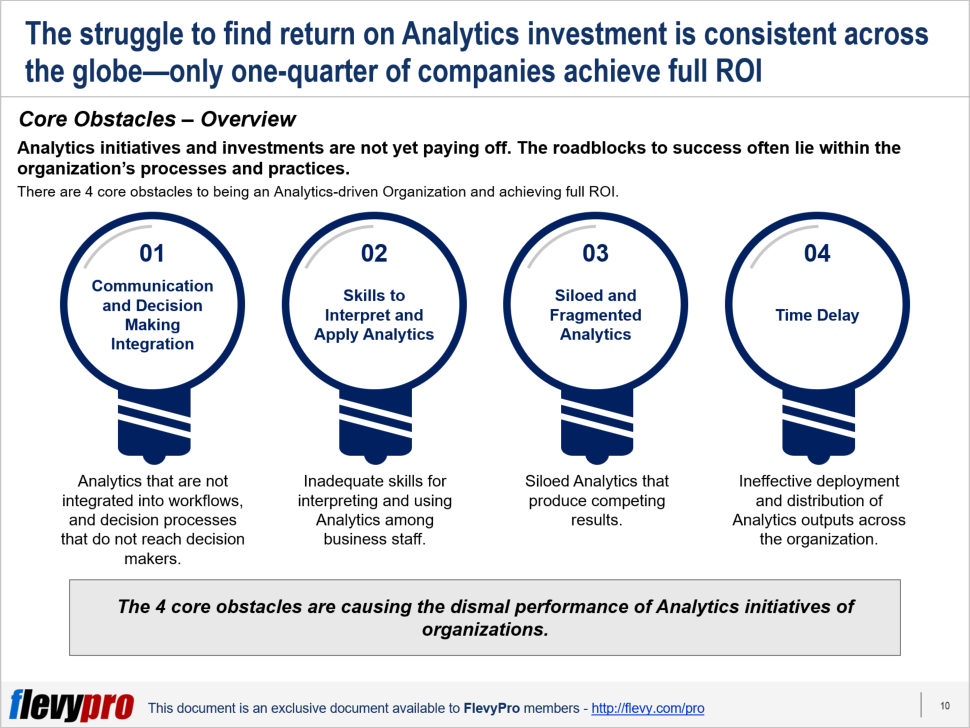
 decisions. These strategic decisions share a common feature: they are evaluative judgments.
decisions. These strategic decisions share a common feature: they are evaluative judgments.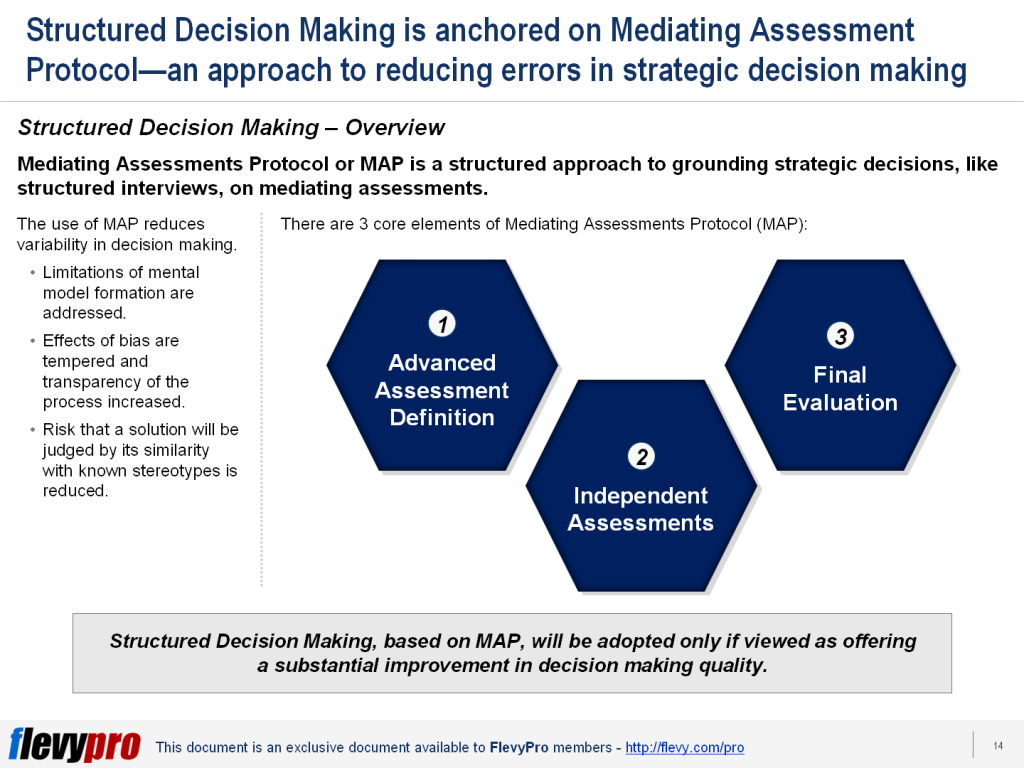

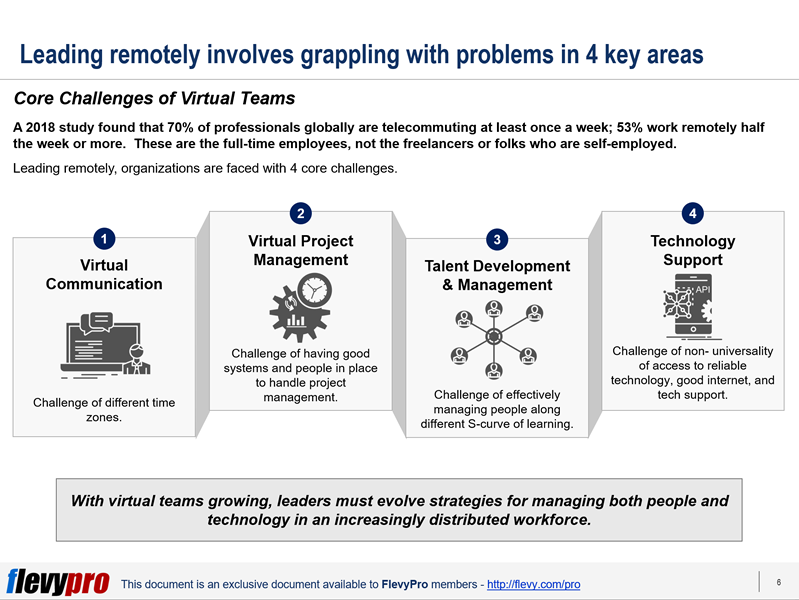
 them, KPIs are the means and methods for rigorously defining and measuring the fundamentals that matter.
them, KPIs are the means and methods for rigorously defining and measuring the fundamentals that matter.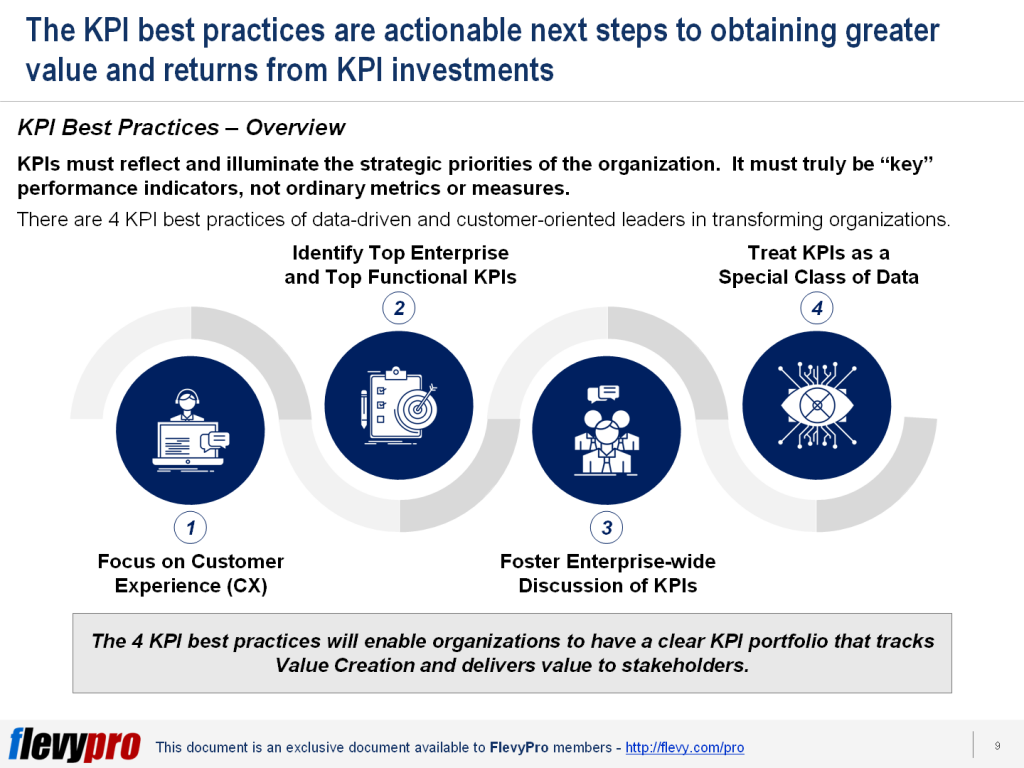
 the test of the financial crisis. This shows that even if the
the test of the financial crisis. This shows that even if the 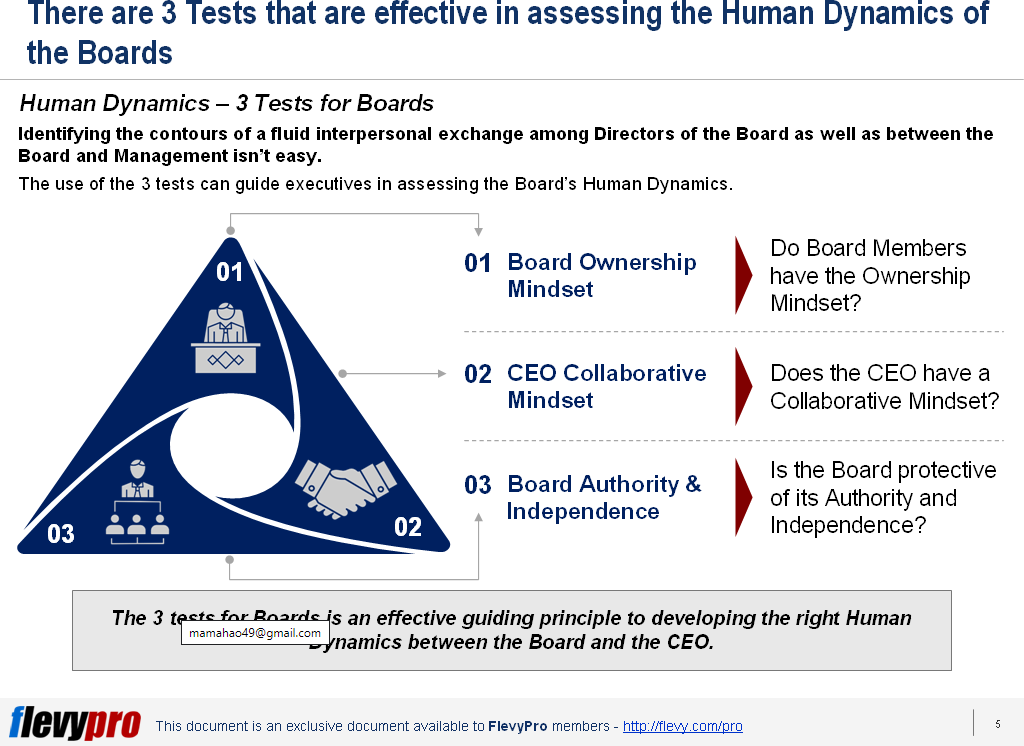
 not only on Management but also on the Board.
not only on Management but also on the Board. 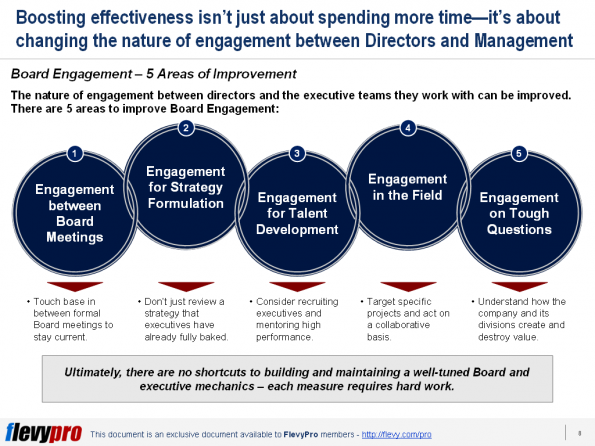
 such as changing demographics, globalization, and technology. Because of changing dynamics, it has required managers to rapidly rethink and retool their organizational management strategies.
such as changing demographics, globalization, and technology. Because of changing dynamics, it has required managers to rapidly rethink and retool their organizational management strategies.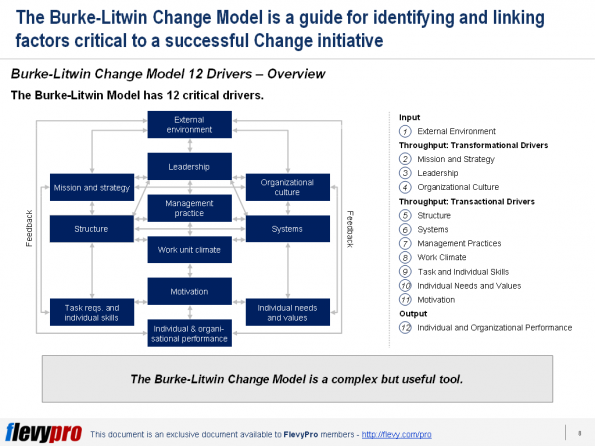

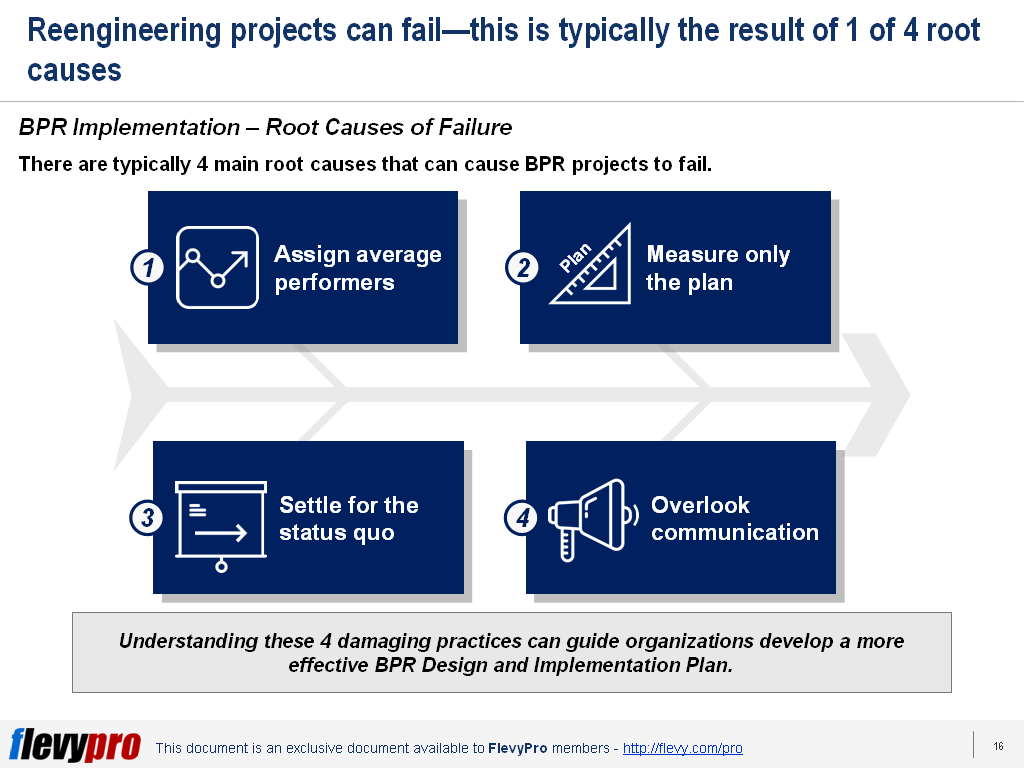
 growing at a fast rate, we are requiring more resources than ever before. Yet, our finite resources are diminishing
growing at a fast rate, we are requiring more resources than ever before. Yet, our finite resources are diminishing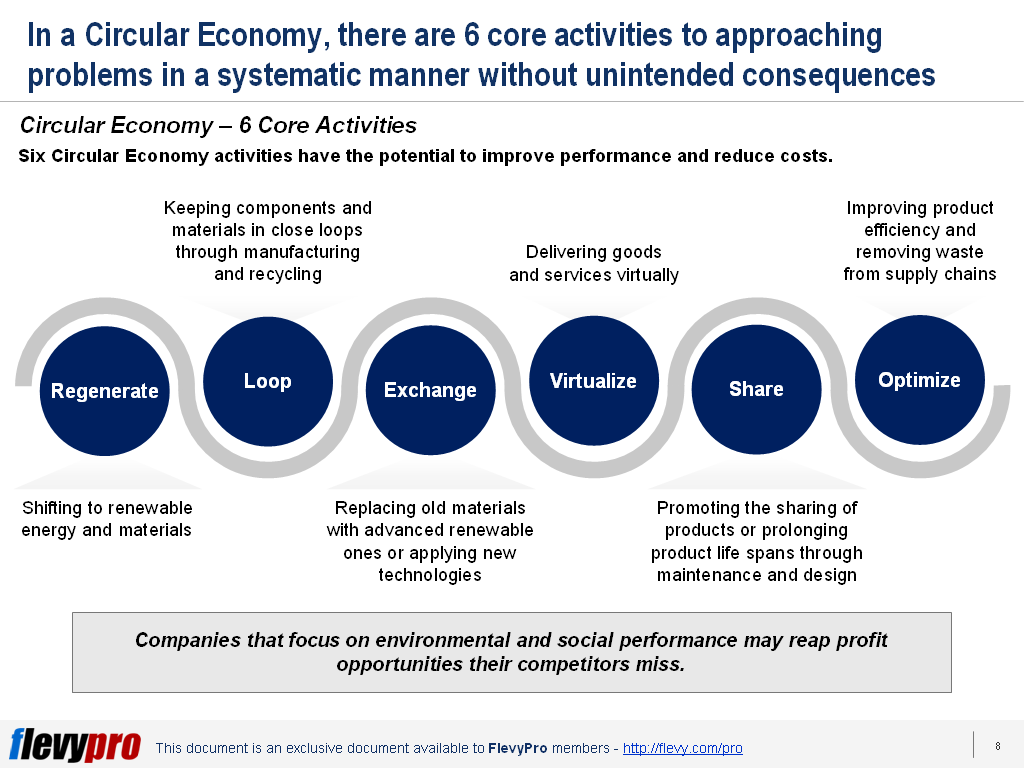
 investors with weak returns on capital for details. In fact, the margin between success and failure is slim.
investors with weak returns on capital for details. In fact, the margin between success and failure is slim.